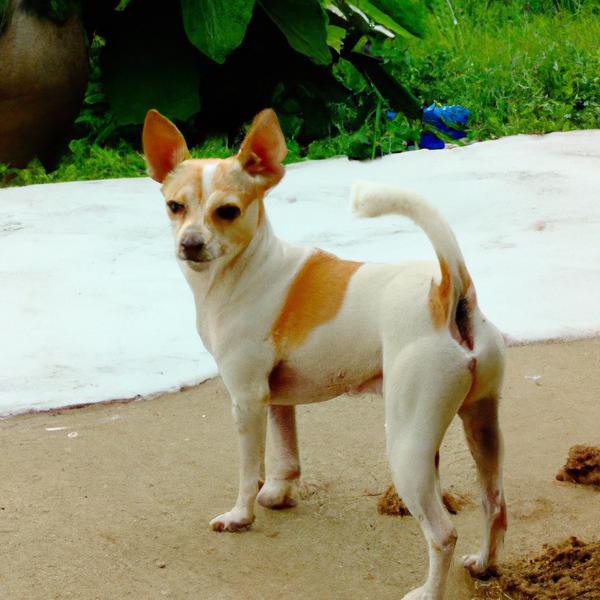Chipit vs. Havanese: Breed Differences and Similarities
Hypoallergenic
Are Chipits or Havaneses hypoallergenic, or neither?
Unfortunately, the Chipit is not hypoallergenic, making it not a good choice for a dog lover who suffers from pet allergies.
While no dogs are truly 100% hypoallergenic, Havaneses are about as close as it gets, making them an ideal pet if you are an allergy sufferer.
Temperament
What are the personalities of Chipit and Havanese dogs?
Stubborn
Clownish
Alert
Courageous
Intelligent
Friendly
Affectionate
Obedient
Loyal
Quick
Devoted
Lively
Strong
Willed
Aggressive
Affectionate
Gentle
Playful
Companionable
Intelligent
Responsive
Sturdy
Lively
Amiable
Charming
Shedding Level
Do Chipits shed more than Havaneses, or which breed sheds more, Chipits or Havaneses?
Chipits are low shedding dogs, requiring minimal coat care.
Havaneses shed very little hair, making them a great choice for those who dislike excess hair in the house.
Watchdog Ability
Which dog breed makes a better watchdog, the Chipit or Havanese?
Avoid Chipits as watchdogs - they're not effective.
Havaneses make excellent watchdogs - they're vocal and protective of their territory.
Origin
What is the origin of Chipit and Havanese dog breeds?
United States
Cuba
Ancestry
What are the origins of Chipit and Havanese breeds?
Chihuahua, American Pit Bull Terrier
Bichon Tenerife, Blanquito de le Habana
Breed recognition
Which kennel clubs recognize/register Chipit and Havanese?
DRA = Dog Registry of America, Inc.
American Canine Registry
American Kennel Club
America's Pet Registry
Canadian Kennel Club
Dog Registry of America Inc.
Federation Cynologique Internationale
Kennel Club of Great Britain
North American Purebred Registry, Inc.
American Canine Association, Inc.
Australian National Kennel Council
Continental Kennel Club
National Kennel Club
United Kennel Club
Havanese Club of America
Date of Birth
When were Chipit and Havanese breeds first developed?
2003
1700s
Eye Color Possibilites
What are the eye colors of Chipit and Havanese dogs?
Brown
Amber
Brown
Nose Color Possibilites
What are the natural nose colors of Chipit and Havanese?
Black
Brown
Black
Brown
Coat Color Possibilites
What are the natural colors of the coat for Chipit and Havanese breeds?
Fawn
Brown
Brindle
Gray
White
White
Black
Brown
Red
Cream
Fawn
Blue
Brindle
Sable
Silver
Coat Length
What is the typical coat length for Chipit and Havanese breeds?
Chipits have short coats.
Havaneses are known for their coat length.
Coat Density
What is the density of the coat of Chipit and Havanese?
Coat Texture
What is the hair texture of Chipit and Havanese?
Straight
Wavy
Litter Size
What is the usual litter size for Chipit and Havanese?
A Chipit can have a litter of 2-4 puppies on average. However, it's worth noting that the size of the litters can vary greatly. Factors that can influence litter size include the health of the mother, breeding history, and genetics.
A Havanese can have a litter of 14-16 puppies on average. However, it's worth noting that the size of the litters can vary greatly. Factors that can influence litter size include the health of the mother, breeding history, and genetics.
Adaptability
Chipits are known for their adaptability and can adjust well to different environments and lifestyle changes.
Havaneses are highly adaptable and versatile, making them excellent companions for families and individuals of all lifestyles.
Health Issues
Between Chipit and Havanese, which breed is more prone to health problems?
Chipit and Havanese breeds are generally considered to be healthy. However, like all breeds, they are susceptible to certain health issues and it is important to keep an eye out for them and address them with your veterinarian as needed.
Major Concerns
What are the major health concerns for Chipit and Havanese breeds?
Patellar Luxation
Hip Dysplasia
Color Dilution Alopecia
Patellar Luxation
Deafness
Cherry Eye
Cataracts
Legg-Calve-Perthes Disease
Portosystemic Shunt
Heart Murmur
Minor Concerns
What minor health issues should be kept in mind when owning Chipit and Havanese?
Cataracts
Brachycephalic Syndrome
Spina Bifida
Progressive Retinal Atrophy
Hip Dysplasia
Chondrodysplasia (Chd)
Occasional Tests
What occasional tests are recommended for Chipit and Havanese breeds?
Eye
Hip
Blood
Spine
X-Rays
Physical Examination
Eye
Hip
Hearing
Heart
Liver Ultrasound
X-Rays
Eye Examination
Energy
How do the energy levels of Chipits and Havaneses compare?
Chipits are a good choice for a low-key lifestyle due to their low energy levels.
Havaneses are suitable for those with a balanced lifestyle as they have an average energy level.
Social Needs
Chipit vs Havanese social needs comparison
Chipit and Havanese have very high social needs. These needs include regular mental and physical stimulation, a job or purpose, and companionship. They thrive in environments where they have a lot of interaction with humans and other dogs.
Exercise Needed
Chipit vs Havanese exercise need comparison.
Chipits need moderate physical activity and are great for families and active individuals.
Havaneses require minimal physical activity for a healthy lifestyle.
Sleeping Need
Which of the two sleeps the most/least: Chipit or Havanese?
Chipit and Havanese breeds are known to have moderate energy levels and normal sleep patterns, typically sleeping around 12-14 hours per day.
Tendency to Bark
Do Chipits or Havaneses bark more/less frequently?
Chipits bark moderately when necessary and may also bark due to certain triggers like fear, alarm, boredom, greeting, separation anxiety and compulsive barking.
Havanese dogs are generally less vocal than other breeds and only bark when necessary, such as to alert their owner or communicate.
Mouthiness
Mouthiness Comparison: Chipit vs Havanese?
Roaming urge
Chipit vs Labrador: Running away tendency?
Prey Drive
Chipit or Havanese - which breed has a higher level of prey drive?
Past times
What are some enjoyable activities and ways to keep Chipit and Havanese entertained?
Fetch, Tug-of-war, Playing outside, Napping, Walks, Running, Walking, Hiking, Sleeping, Cuddling, Chewing, Chase, Play, Run, Walk, Snuggles, Dog Parks, Cuddle, Nap, Chasing ball, Everything, Jogging, Playing catch
Bike ride, Go on Vacation, Walk, Run, Tug-of-war, Go to Park, Play, Chase, Fetch, High Five, Shake, Dog Parks, Eating Snacks, Shopping, Dressing up, Go to Beach, Frisbee, Heel, Speak, Brushing, Boat ride, Catch treats, Play keep away, Walking, Petting, Cuddling, Playing, Sit on lap, Groom, Sniff
Activity Level
Which breed has higher energy, Chipits or Havaneses?
Chipits are high-energy dogs. They need mental as well as physical exercise. These dogs require a lot of your involvement and without it they can, and will, become problematic dogs.
Havaneses are medium-energy dogs and typically enjoy socializing and playing casual or even sustained games of chase with other dogs. They may also have occasional periods of barking or racing around the house.
Tolerance of being left alone
Walks per Week
How many miles should Chipit or Havanese walk each week?
There's really no limit to how far you walk your dog as long as they're comfortable. For Chipit, it's at least 10 miles / week. Just remember to build distance and stamina gradually over time.
There's really no limit to how far you walk your dog as long as they're comfortable. For Havanese, it's at least 7 miles / week. Just remember to build distance and stamina gradually over time.
Activity per Day
Do Chipits or Havaneses require more exercise?
Both Chipit and Havanese typically require a minimum of 60 minutes of exercise each day. The exercise can be spread throughout the day and may involve high-energy activities like walking, running, and playing.
Grooming
Which breed is easier to maintain in terms of grooming, Chipits or Havaneses?
The Chipit is a low-maintenance breed that doesn't require much grooming.
The Havanese requires an average amount of grooming compared to other breeds.
Brushing Frequency
What is the recommended brushing frequency for Chipit and Havanese dogs?
Ideally, both Chipit and Havanese should be brushed at least 2 or 3 times a week (preferably daily) to improve shedding.
Brushing Tools
What brushing tools are used for Chipits and Havaneses?
Pin Brush
Slicker Brush
Comb
Nail Clipper
Slicker Brush
Comb
Clipper
Nail Clipper
Cups
How much food should be given to Chipit or Havanese in cups?
For an average 20-35 pound (9 - 16 kg) Chipit feed 2 cups daily. But, keep in mind, the amount you feed is going to be dependent on the quality of the food you are feeding.
For an average 10-15 pound (5 - 7 kg) Havanese feed 1.2 cups daily. But, keep in mind, the amount you feed is going to be dependent on the quality of the food you are feeding.
Daily Cost
Which breed has a higher daily cost, Chipit or Havanese?
The average cost of a Chipit is somewhere $1.70 - $2.00 per day.
The average cost of a Havanese is somewhere $1.40 - $1.80 per day.
Monthly Cost
Which breed has a higher monthly cost, Chipit or Havanese?
The average per month expenses of a Chipit is between $48 - $63. This makes an average of $576 - $756 per year. It will be on the higher side when the dog is still small because it will need more frequent visits to the vet, shots.
The average per month expenses of a Havanese is between $42 - $53. This makes an average of $504 - $636 per year. It will be on the higher side when the dog is still small because it will need more frequent visits to the vet, shots.
Intelligence
Comparing Intelligence: Chipits vs Havaneses
Chipit has below average obedience intelligence, but they excel in understanding human emotions.
Havaneses are average in obedience intelligence but have a high IQ and may cause trouble if left unsupervised.
Sensitivity Level
How do Chipit and Havanese compare in sensitivity?
This breed is sensitive to its environment and best suited for patient and understanding families with a consistent routine.
This breed is sensitive and requires gentle handling and a calm home environment.
Affection Dependance
Which is the more affectionate dog breed: Chipit vs Havanese?
Apartment Friendly
Which breed is more apartment-friendly: Chipit or Havanese?
The Chipit is a great apartment dog, thriving with sufficient exercise and time outside as part of their daily routine.
Havaneses make excellent apartment dogs, being fairly active indoors and not requiring a yard.
Child Friendly
Do Chipits or Havaneses have a friendlier temperament towards children?
Chipits have an average level of friendliness towards children.
Havaneses make excellent family pets for kids due to their gentle, protective nature and calm temperament.
Senior-friendly
Which dog is more suitable as a pet for the elderly - Chipit or Havanese?
Cat Friendly
Do Chipit or Havanese breeds have a better compatibility with cats?
Chipits are average in their friendliness toward cats and tend to do well with them, especially if raised together.
Havaneses are very friendly with cats and make great companions for them.
Dog Friendly
Which breed is more sociable with other dogs: Chipit or Havanese?
Chipits are less friendly towards other dogs, but can improve with socialization.
Havaneses are generally very friendly towards other dogs, with a happy and affectionate temperament.
Pet friendly
How do Chipit or Havanese dogs interact with other pets?
Stranger Friendly
Which breed is more friendly with strangers: Chipit or Havanese?
Chipits are averagely friendly around strangers but benefit from early socialisation.
Havaneses are friendly but may bark at strangers, and training is easy due to their intelligence.
Playfulness
Which breed is more playful between Chipit and Havanese?
Chipits are a playful breed that needs daily playtime to be happy.
Havaneses are very playful, so adopting an older one might be a better option for a more relaxed experience.
Trainability
How do the trainability levels of Chipits and Havaneses compare?
Chipits are popular for their ease of training and quick learning ability.
The Havanese is highly intelligent and eager to please, making it a great choice for both novice and experienced dog owners due to its easy trainability.
Compare Chipit with other breeds

Shepweiler
Chipit vs Shepweiler

Pugillon
Chipit vs Pugillon
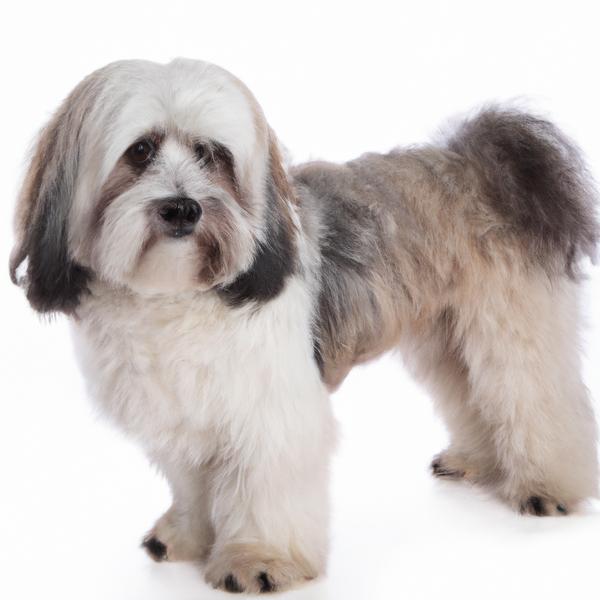
Havanese
Chipit vs Havanese

Greater Swiss Mountain Dane
Chipit vs Greater Swiss Mountain Dane
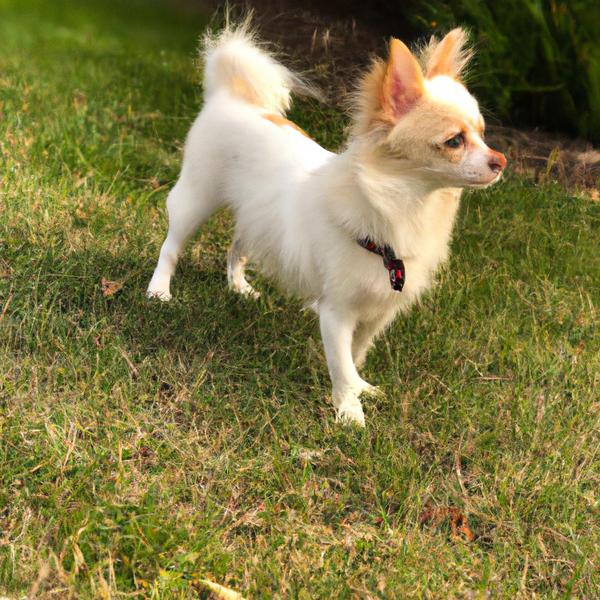
Eskimo Chi
Chipit vs Eskimo Chi
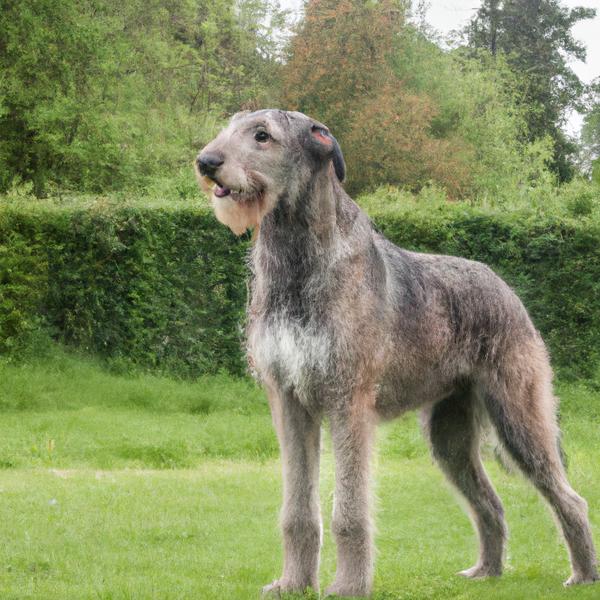
Irish Wolfhound
Chipit vs Irish Wolfhound
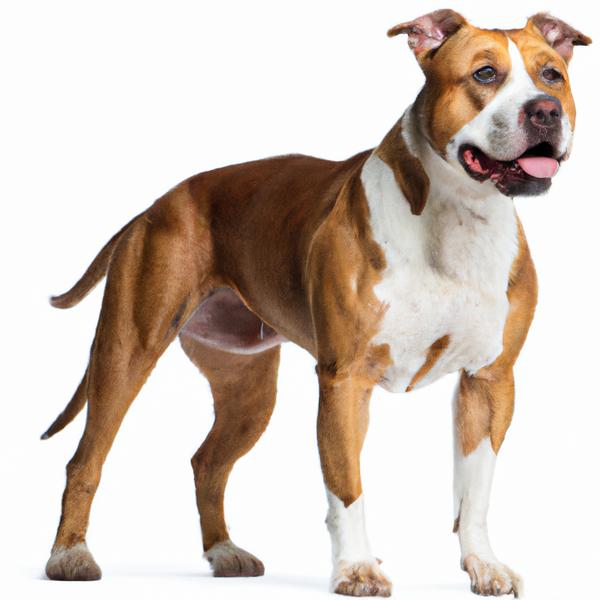
American Staffordshire Terrier
Chipit vs American Staffordshire Terrier
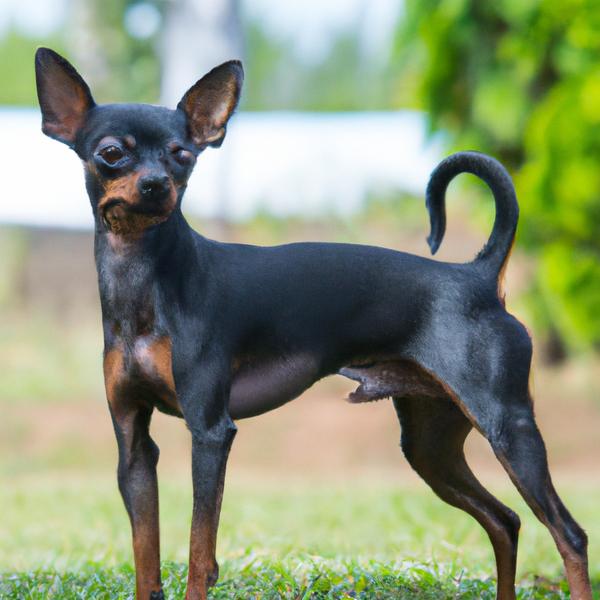
Chin-Fenpinscher
Chipit vs Chin-Fenpinscher

Cao Fila de Sao Miguel
Chipit vs Cao Fila de Sao Miguel
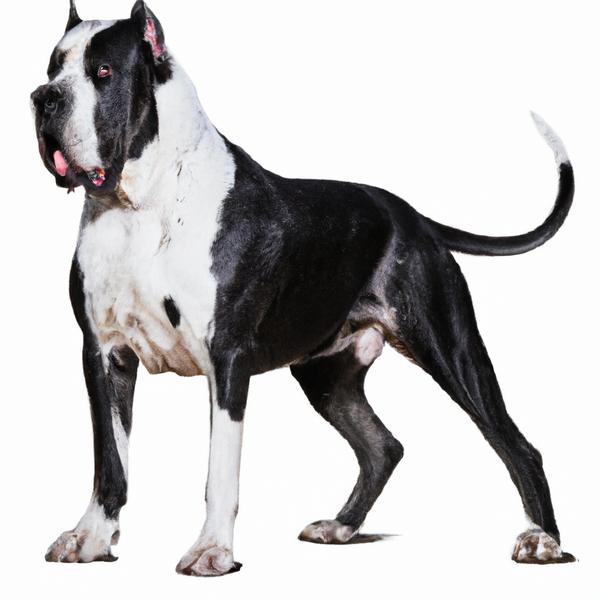
English Bull Dane
Chipit vs English Bull Dane

Griffonese
Chipit vs Griffonese

Pembroke Cocker Corgi
Chipit vs Pembroke Cocker Corgi
